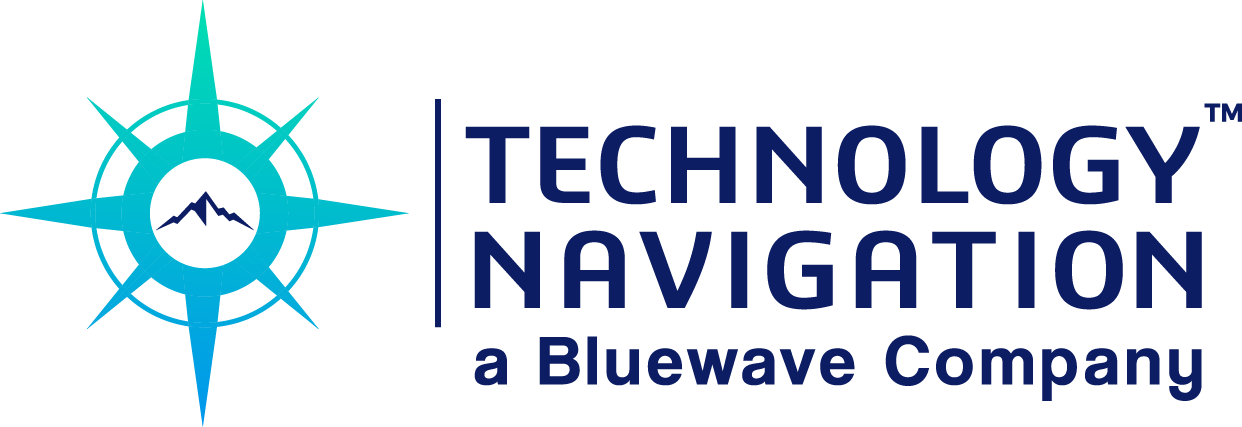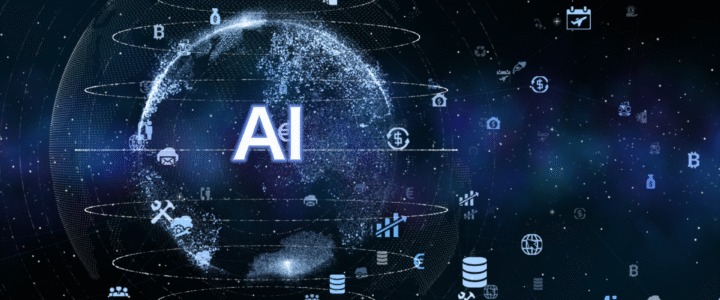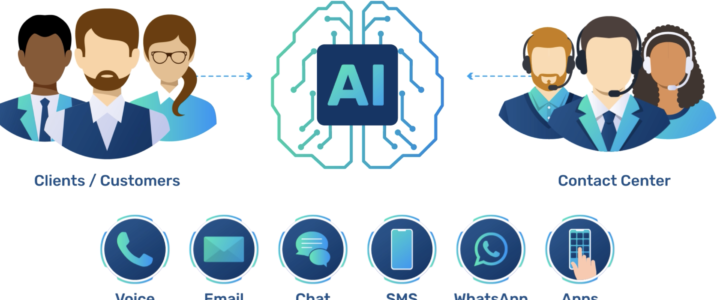

By Chris Newell
Founder & President
AI adoption is no longer just a talking point, it’s a necessity. But as organizations deploy AI tools across disparate departments and systems, a new layer of complexity has emerged… disconnected systems, siloed data, and overlapping workflows. This is where AI Orchestration is becoming essential, bringing structure, coordination, and efficiency to increasingly fragmented environments.
But equally important as AI Orchestration, is designing the orchestration with offramps for human intervention. Not every process can… or quite frankly should be fully automated. When the confidence level of an AI Orchestration driven action falls below a dictated threshold, systems must be able to pause and elevate the decision to a human and not hallucinate. Organizations can either make this a steadfast rule of human intervention for that particular workflow or use this opportunity to “teach” the AI Orchestration solution to follow the elevated human decision going forward. This ensures oversight, maintains accuracy, and preserves trust across critical workflows.
AI Orchestration is the coordination of multiple AI technologies, workflows, data sources, and applications to function across an organization with business outcomes in mind. This orchestration helps each AI tool and process to work together, adapt to workflows, and drive ROI.
Where traditional AI automation stops at the task level, AI Orchestration enables end-to-end process workflows and centers around business outcomes, unifying technologies like:
- LLMs
- Email workflows and associated integrations
- ML applications
- CRM applications (e.g., Salesforce and HubSpot)
- UCaaS meeting transcriptions & voice recordings
- Data analytics (e.g., Power BI, Tableau, Snowflake)
- Marketing analytics (e.g., Salesforce Marketing Cloud, Oracle Marketing, Heap)
- Contact Center (CCaaS) analytics
- Accounting and finance applications (e.g., ADP, NetSuite)
Organizations often deploy AI tools in silos marketing uses one platform, finance another, and operations yet another. AI orchestration bridges these divides, creating workflows that span departments and their associated tools, reducing friction and increasing faster and more predictable outcomes.
While AI orchestration can automate and optimize complex processes, human judgment remains essential.
AI doesn’t ALWAYS replace people, it enhances their ability to make faster, more informed decisions. It’s important to begin with a clearly defined baseline process, understanding that not all workflows will reach full automation. In fact, many may plateau at 30% automation, requiring human intervention for exceptions, strategy, or ethical oversight. True orchestration is about balancing intelligent automation with human insight.
Final Thoughts
AI Orchestration is more than a buzzword, it’s becoming the backbone of operational agility in modern enterprises. As organizations evolve, those that invest in orchestration will be best positioned to unlock the full potential of AI, reduce complexity, and deliver outcomes.
Ready to harness the full power of AI? Contact Technology Navigation today to explore how our experts can help you simplify, scale, and succeed with AI orchestration.









